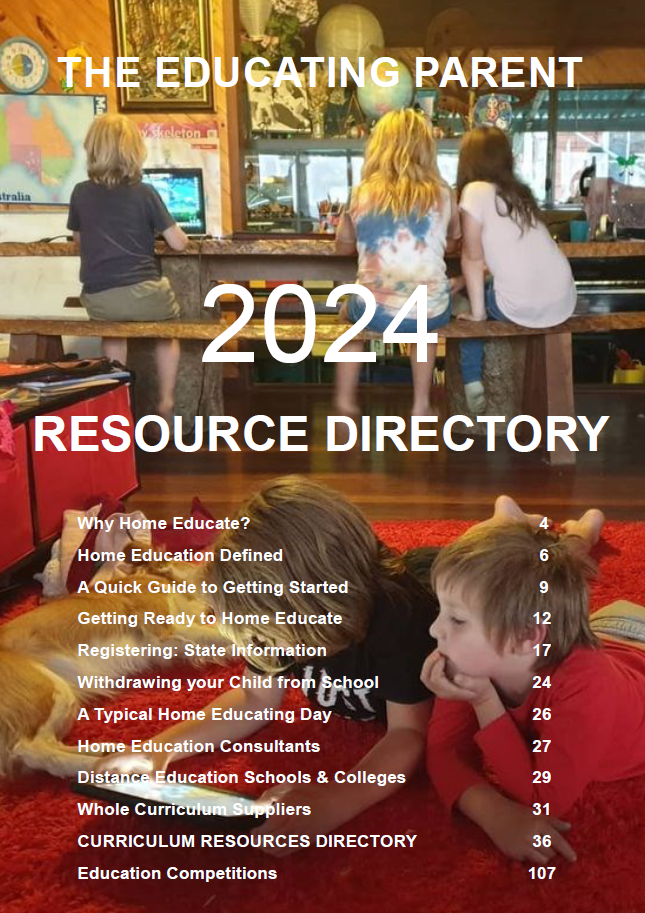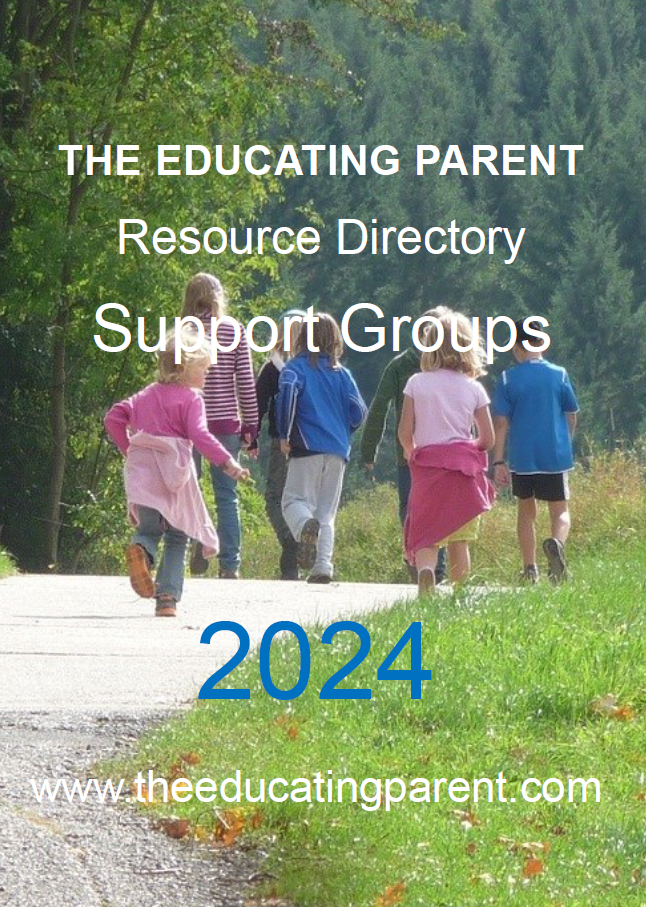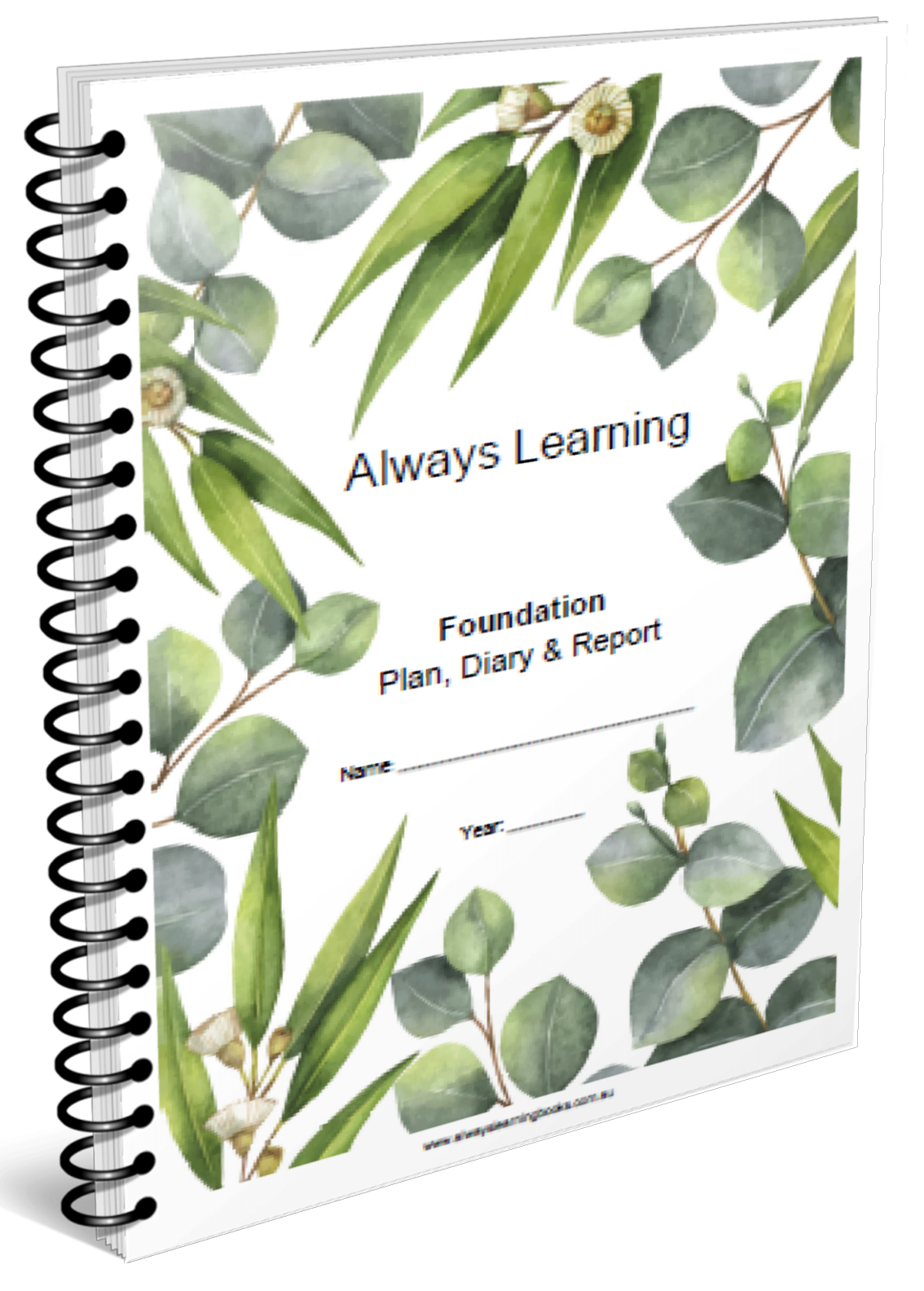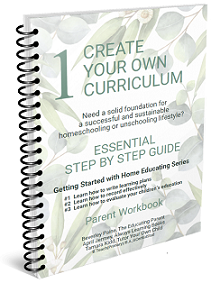|
Tips for Home Educators
Stan Lisle
www.MasterMath.info
Tip 5: As much as possible, make it "real", not abstract
Human intelligence is based, to a large extent, on our ability to make abstractions. Language is an abstraction. Math is an abstraction. Science is an abstraction. Philosophy is an abstraction. Obviously, the ability to make and understand abstractions is important.
But if you want to understand orange juice, you better understand the orange first. If you want to teach a baby the concept of motherhood, you probably don't want to start with discussion on reproduction. You want to start with something the baby understands and is interested in: Mama. Then build on that.
All of us learned at a pretty early age that hot things can cause pain to us. But we probably learned that abstraction from a concrete, real example. I'm sure my wife and I explained the abstract concept to our son lots of times: "Don't touch hot things!" But he learned it one evening while he was helping his mother cook dinner.
This reality is based in motivation . My son at the age of 5 wasn't greatly motivated by a desire to benefit from his parent's years of experience. However, he was motivated by his desire to not feel pain.
The Pythagorean Theorem is an amazing, powerful tool. But if you want to teach the Pythagorean Theorem to a young person, which approach do you thing will be more successful (image me illustrating these concepts on the blackboard as I talk):
• Here is a triangle. What is the length of the hypotenuse? You can determine the length of the hypotenuse with this formula: the square of the hypotenuse is equal to the sum of the squares of the other two sides. Here, let's try it.
• On a baseball diamond, it's 90' from home plate to first base. It's also 90' from first base to second base, How far is it directly from second base to home plate? A Greek mathematician, Pythagoras, showed us how to figure this out 2500 years ago: the square of the distance from home plate to 2 nd base is equal to the sum of the square of the distance from home to first plus the square of the distance from first to second. Here, let's try it.
Certainly, as we get older, our ability to quickly associate the abstraction to a concrete example that relates to our lives improves. As a Homeschool Educator, It is your responsibility to gauge where your student stands on that continuum, and adjust the way you introduce new concepts accordingly. It's an art. But the glassy eyes probably mean something. And the level of enthusiasm also tells you a lot.
How do you come up with good concrete examples of an abstraction? Think about what excites the student. Here are my typical starting points: sports; money; dating; games; family; electronics; their future.
See the entire series of Tips at the http://stan0403.edublogs.org/ , or at www.MasterMath.info .

Was this article helpful? Was it worth $1.00 to you?
Your gift of $1 or more helps to keep this site operating
offering encouragement
and reassurance to families
wanting
better outcomes for their children.



Beverley Paine with her children, and their home educated children, relaxing at home.
Together with the support of my family, my aim is to help parents educate their children in stress-free, nurturing environments. In addition to building and maintaing this website, I continue to create and manage local and national home educating networks, help to organise conferences and camps, as well as write for, edit and produce newsletters, resource directories and magazines. I am an active supporter of national, state, regional and local home education groups.
"You've been an inspiration to me, I love the way
you really listen to people." Vanessa
"Whenever I read your writing I always come away
with increased confidence in my ability to provide and
share a wonderful learning journey with my family!" Davina
"Your guidance, understanding, support and words of
wisdom changed our lives. We now offer support and
organise many homeschooling events for others." Lesley
"Thank you once again for your prompt and friendly service.
I am convinced that your books are going to add
quality and peace of mind to my journey of teaching my kids
at home! Just from studying your website, until almost
2am
in the morning, I 've been encouraged!" Louisa
"Thank you for all your many,many reassuring words
over many, many years. You probably don't know exactly how
valuable you are to the Australian Home Education community.
I've been reading your stuff for maybe 8 years or more now.
And I'm very grateful." Gythaa


Want to learn how to write your own education plans
to suit your unique children's individual learning needs?
Or you are looking for quality curriculum and teaching tips...
Comprehensive 3 workbook 'how to home ed' course
covering the essential skills you need
successfully home educate your children

|
|
Welcome to the World of Home Education
and Learning without School!
We began educating our children in 1985, when our eldest was five. In truth, we had helped them learn what they need to learn since they were born. I am a passionate advocate of allowing children to learn unhindered by unnecessary stress and competition, meeting developmental needs in ways that suit their individual learning styles and preferences. Ours was a homeschooling, unschooling and natural learning family! There are hundreds of articles on this site to help you build confidence as a home educating family. We hope that your home educating adventure is as satisfying as ours was! Beverley Paine
3 ESSENTIAL STEP BY STEP GUIDES
Let experienced home educators Beverley, Tamara and April walk you through HOW to create a learning plan that builds on solid foundations that works for YOUR family AND ticks all the boxes for home educaton registration!
|
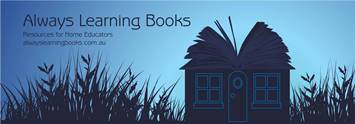
Tap into Beverley's
experience
through her books
"Your books, your blogs helped me beyond words... they helped me to find comfort in knowing it is ok to choose exactly what is best for my family." Nisha
"Your books and information are mind blowing and already I am feeling good about this new experience." Diane
"Your guidance, understanding, support & words of wisdom changed our lives." Leslie
"I feel specially inspired by Beverley's words and, the more I read her comments, the more inspired I feel, since my need for support, respect for different parenting styles, and information are fully met." Marijo
|
 |
|



The information on this website is of a general nature only and is not intended as personal or professional advice. This site merges and incorporates 'Homeschool Australia' and 'Unschool Australia'.
The Educating Parent acknowledges the Traditional Aboriginal and Torres Strait Islander Owners, the Custodians of Australia, and pay our respects to Elders past and present and extend that respect to Aboriginal and Torres Strait Islander people viewing this website.

Advertise on this site.
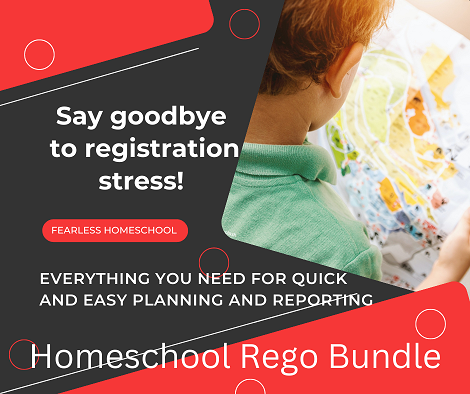
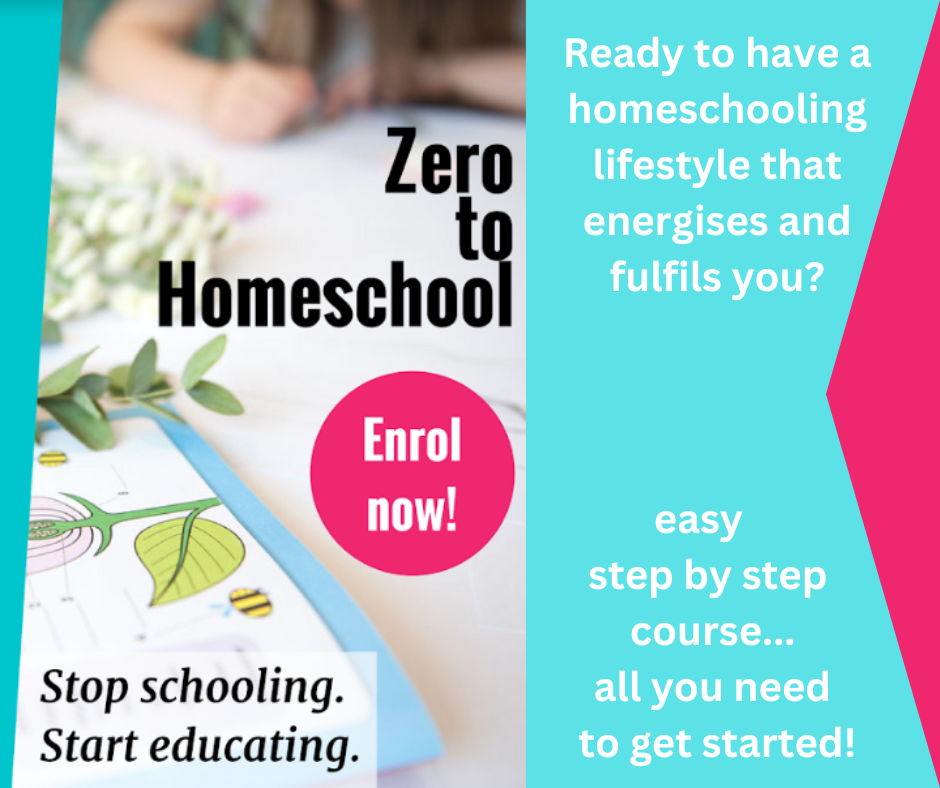






Home education is a legal alternative
to school education in Australia.
State and Territory governments are responsible
for regulating home education and have different
requirements, however home educating families
are able to develop curriculum and learning programs
to suit the individual needs of their children.

Without revenue from advertising
by educational suppliers and Google Ads
we could not continue to provide information
to home educators. Please support us by letting
our advertisers know that you found them on
The Educating Parent. Thanks!
|
![]() About
About
![]() Blog
Blog
![]() Articles
Articles
![]() Curriculum
Curriculum
![]() Resource Directory
Resource Directory
![]() Shop
Shop
![]() Facebook
Facebook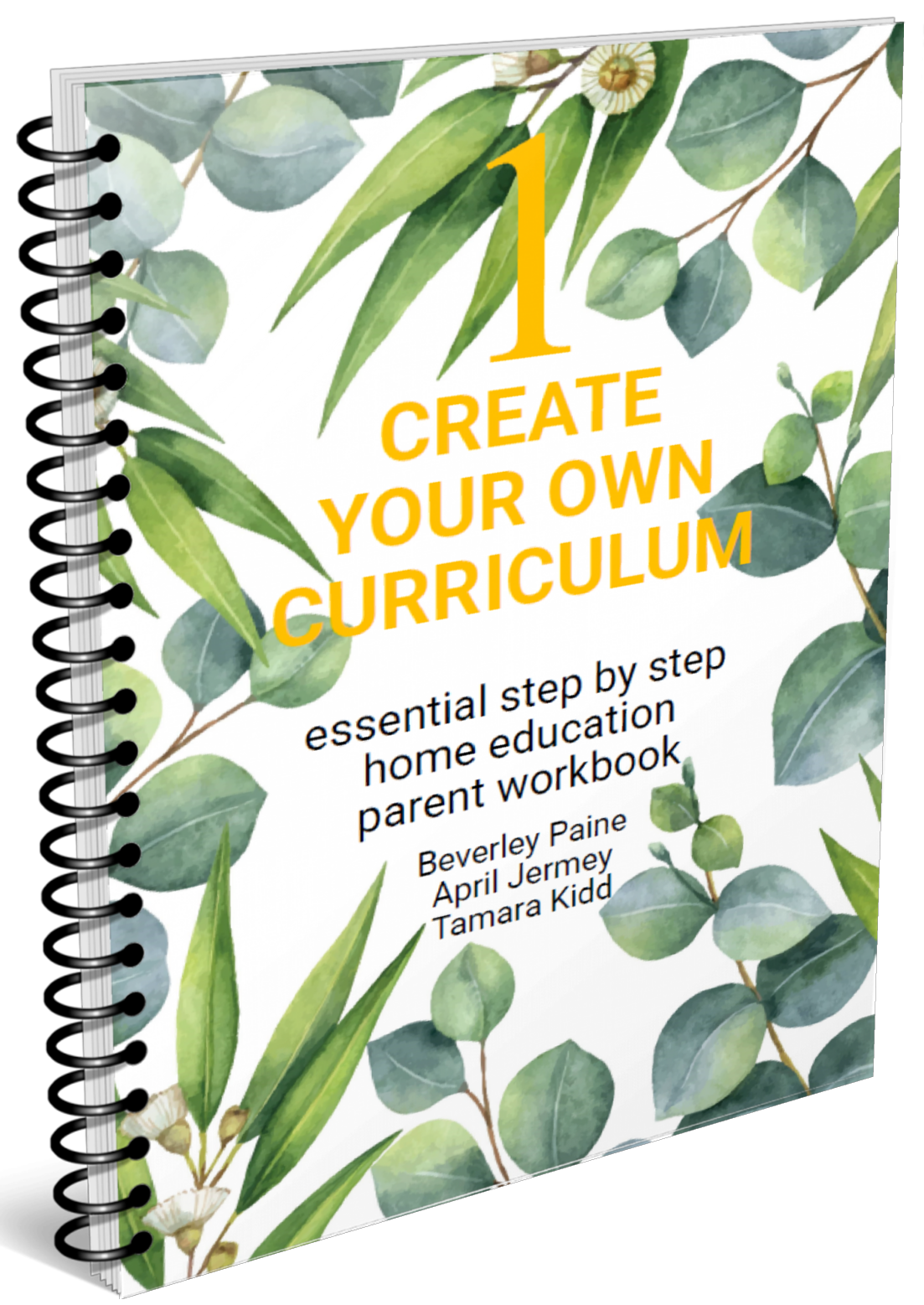

![]() SA
SA ![]() VIC
VIC ![]() NSW
NSW ![]() QLD
QLD ![]() TAS
TAS ![]() ACT
ACT ![]() NT
NT ![]() NSW
NSW ![]() QLD
QLD ![]() SA
SA ![]() WA
WA ![]() TAS
TAS ![]() ACT
ACT ![]() NT
NT 
